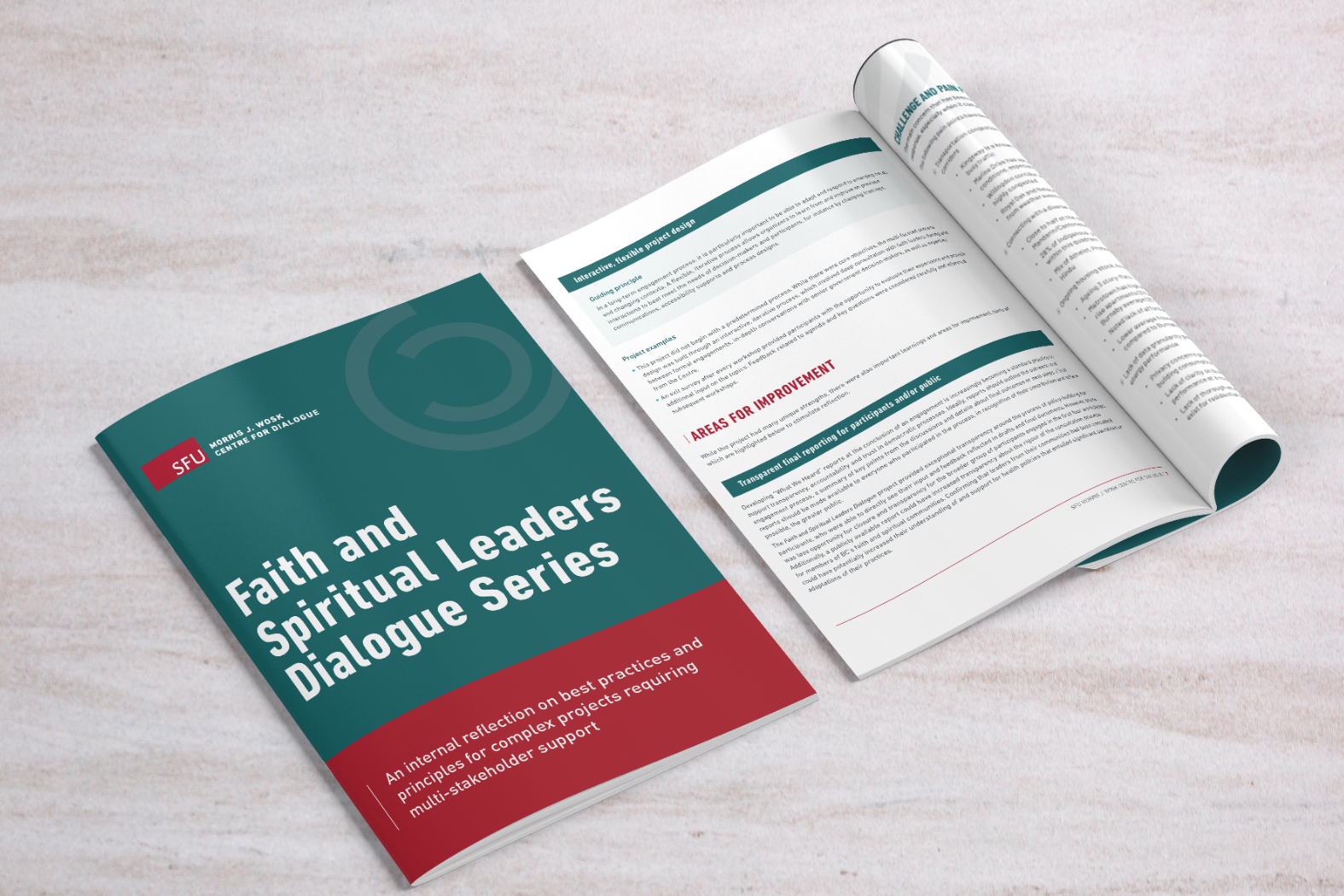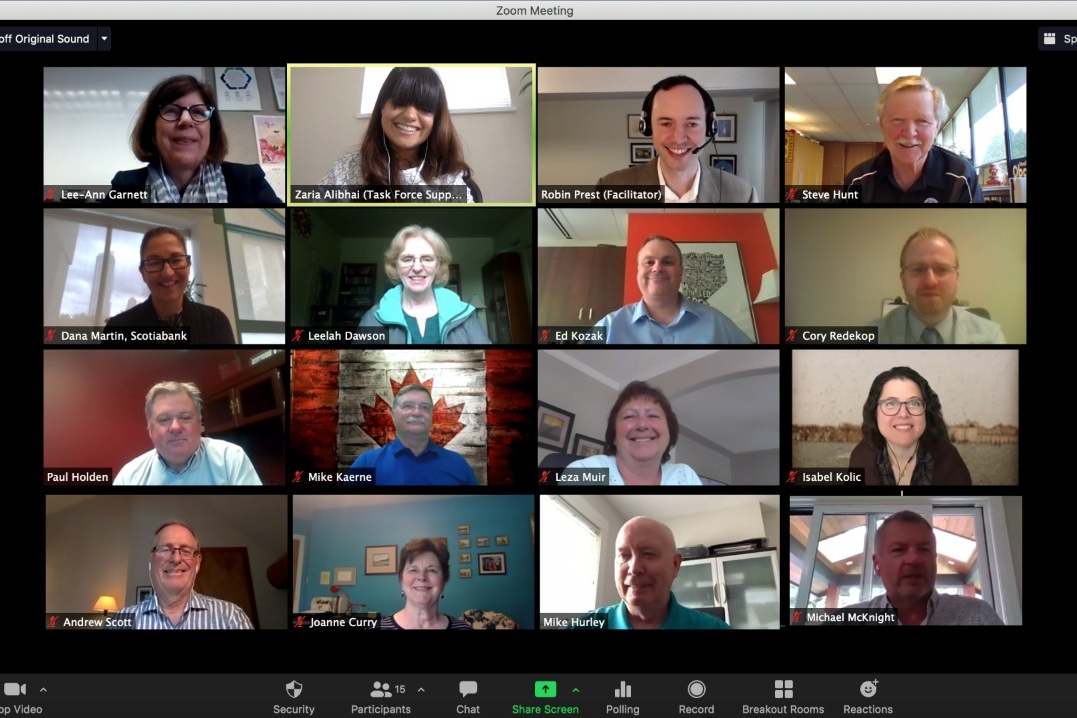- About
- People
- Shared Learning
- What We Do
- Consulting Services
- Services
- Dialogue in Action
- COVID-19 and Public Health: The Faith and Spiritual Leaders Dialogue Series
- Framework for Diabetes in Canada
- Burnaby Business Recovery Task Force
- CleanBC Job Readiness Workshops
- Perspectives on Reconciliation
- Your Voice. Your Home.
- Establishing a Chinese-Canadian Museum
- Citizen Dialogues on Canada’s Energy Future
- Clients and Partners
- Get in Touch
- Knowledge & Practice
- Beyond Inclusion
- Dialogue & Engagement Resources
- Dialogue Dispatch Newsletter
- International Climate Engagement Network (ICEN)
- Strengthening Canadian Democracy
- Talk Dialogue to Me Podcast
- Initiatives
- Signature Events
- Jack P. Blaney Award for Dialogue
- Award Recipients
- 2021/22: Reimagining Social Justice and Racial Equity with adrienne maree brown
- 2019/20: Climate Change and Human Rights with Sheila Watt-Cloutier
- 2017/18: Peace, Pluralism and Gender Equality with Alice Wairimu Nderitu
- 2015/16: Climate Solutions with Tim Flannery
- 2013/14: Reconciliation with Chief Robert Joseph
- 2011/12: Twelve Days of Compassion with Karen Armstrong
- 2009/10: Widening the Circle with Liz Lerman
- 2005: Corporate Social Responsibility and the Right to Health with Mary Robinson
- 2002: Environmental Sustainability with Maurice Strong
- Nomination Details
- History of the Award
- Award Recipients
- Bruce & Lis Welch Community Dialogue
- 2022: Facing the Flames: New and Old Ways of Co-Existing with Fire with Joe Gilchrist and Paul Hessburg
- 2021: All My Relations: Trauma-Informed Engagement with Karine Duhamel
- 2019: Power of Empathy with Kimberly Jackson Davidson
- 2019: Rethinking BC Referendums with John Gastil
- 2017: Strengthening Democratic Engagement with Valerie Lemmie
- 2015-16: THRIVE! Surrey in 2030
- 2014: Citizen Engagement and Political Civility with Dr. Carolyn J. Lukensmeyer
- 2013: Building a Culture of Participation with Dave Meslin
- 2012: Riots and Restorative Justice with Dr. Theo Gavrielides
- 2011: Growing Out of Hunger with Will Allen
- 2010: The Age of Unequals with Richard Wilkinson
- Jack P. Blaney Award for Dialogue
- Consulting Services
- News
- Give
Consulting Services
Difficult topics. Contested facts. The wrong people in the room. Even the best organizations get stuck on the issues that matter most. That’s where we come in.
As an internationally recognized leader in dialogue, engagement and public participation, we are sought out by governments, community organizations and non-profits for our values-based services. We are known as a trusted facilitator of meaningful engagement and solutions-oriented outcomes as well as a hub for community initiatives.
20+
years' experience engaging in dialogue
"In reaching this milestone, I’m so thankful of the support and advice from the museum working group, as well as Simon Fraser University’s Wosk Centre for Dialogue. They have been instrumental in making sure this museum is developed in collaboration with the Chinese Canadian community and stakeholders throughout the province."
Minister George Chow, B.C. Minister of State for Trade
Our Core Objectives and Values
Our work is grounded by the following core objectives and values:
Convene and Facilitate Transformative Conversations
We actively work to hold space for respectful and productive dialogue, moving beyond yes-versus-no to allow for co-created solutions, informed decision-making and collective action. We strive to build the capacity of governments and citizens for continued democratic engagement long after we’re gone.
Focus on Equity, Inclusion and Going Beyond the “Usual Suspects”
Legitimate engagement outcomes depend on reaching beyond the “usual suspects” and require a concerted effort to seek out missing voices. Hearing from people with diverse lived experiences leads to more innovative ideas, better decisions and stronger democracies. Find out more about our Equity and Inclusion in Public Engagement work.
Support Citizens and Governments in Shared Decision-Making
We design and facilitate processes that include the full range of interests, reduce barriers to participation, frame discussion materials to reflect evidence-based information and share results with participants in a timely manner. Our Principles for Collaborative Engagement guide shows how we support citizens and government in shared decision-making.
Responsive and Client-Centered
We design customized and innovative processes through deep collaboration with our partners, ensuring that the needs of both the client and the participants are met. For each project, we draw on our diverse in-house engagement practitioners to build a customized and multi-disciplinary team.
Commitment to Transparency
One of the largest barriers to public participation is the belief held by citizens that their input will have no impact on decisions. We are committed to combating this lack of trust by honestly communicating the purposes and limitations of engagement, presenting public input using transparent methods and reporting back on engagement outcomes. Learn more about our Strengthening Canadian Democracy work.
Over the past 20-years, SFU's Morris J. Wosk Centre for Dialogue has been privileged to work with dozens of partners on hundreds of impactful projects.




